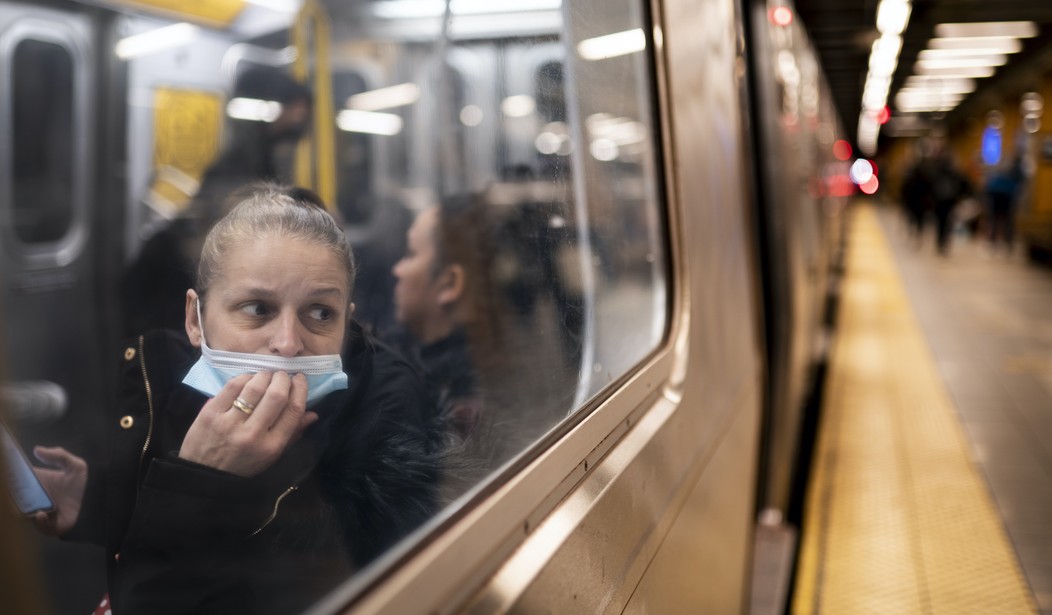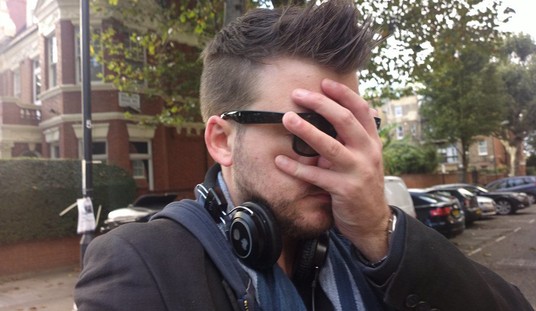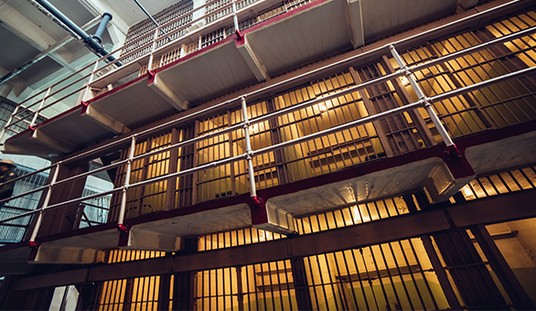As Democrats try to make broad swathes of public spaces off-limits to lawful concealed carry, one of their primary targets is public transportation. New York, for example, has moved to make it a felony for concealed carry holders to set foot on a subway car or bus while armed, while other anti-gun jurisdictions like Washington, D.C. are already facing litigation over their own carry bans on public transport.
New York City Mayor Eric Adams has repeatedly tried to scare residents about the prospects of riding next to a legally armed citizen, but New Yorkers should be far more concerned about the violent criminals sharing the subways with them. On Sunday, a woman was left in critical condition after being attacked while waiting at a subway platform in the Bronx.
Police say the suspect punched a 22-year-old woman on the southbound platform inside the Gun Hill Road subway station a little before 7 a.m. He then allegedly continued to punch her before trying to steal her phone. He then fled the subway station onto Fenton Avenue.
So far no suspect is in custody. Thankfully the victim in this case wasn’t killed, but there have been at least 18 homicides on the city’s subway system, with four of those murders taking place this year. Lower-level crimes are happening more frequently as well. As of April, robberies on the subway system were up 72%, and felony assaults increased 28% compared to the year before.
This isn’t just an issue in New York, however. It seems like every day there’s another incident in Chicago involving a robbery on the city’s rail lines, though more recently we’ve seen several stories that involve robbery victims fighting back against their attackers, including one incident on Monday morning.
For the second time in three days, a rider on a CTA Red Line train pulled a knife to fend off a group of robbers, in the latest instance killing an attacker who pulled a gun early Monday, according to Chicago police.The attacks come as CTA officials acknowledged they’ve had problems filling all their shifts with unarmed guards for stations and trains, an initiative announced back in March.“The security industry faces the same challenges everybody else faces — trying to get jobs filled,” CTA security chief Kevin Ryan said at a news conference Monday morning.He estimated that 250 guards are now deployed on the system on any given day, but he would not say how many are assigned to the Red Line, the agency’s busiest.Around 3 a.m. Monday, a man was riding a Red Line train when he was confronted by seven people near 63rd Street, according to Chief of Detectives Brendan Deenihan.Video appears to show the group trying to rob the rider, with one of them pulling a gun, he said. The rider took out a knife and stabbed the gunman and ran away, as did the robbers.Police and paramedics found the wounded gunman about a block away, in the 6300 block of South Yale Avenue. He was taken to the University of Chicago Medical Center and pronounced dead. His name and age have not been released.One of the robbers apparently picked up the gun before running off, Deenihan said. No one was in custody.
“The security industry faces the same challenges everybody else faces — trying to get jobs filled,” CTA security chief Kevin Ryan said at a news conference Monday morning.He estimated that 250 guards are now deployed on the system on any given day, but he would not say how many are assigned to the Red Line, the agency’s busiest.… In March, the CTA announced it would hire unarmed security guards to stem rising crime on the system — a move criticized by the transit union who want a police unit assigned to the CTA.Ryan said the CTA has struggled to find guards, particularly for the later shifts.“We have taken a big leap up, and we’re continuing to get larger numbers, especially from the 5 o’clock to overnight hours,” Ryan said. “We’re getting larger and larger numbers.”









